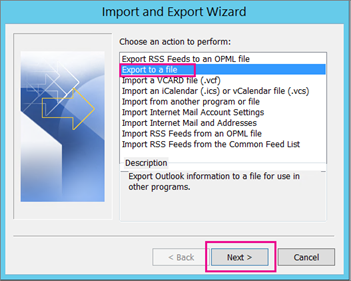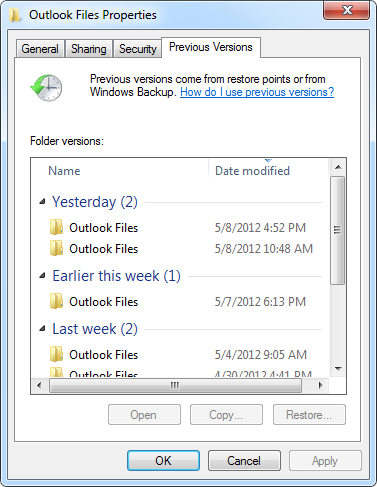Where Is The Pst File Located
PST files are Outlook data files that are sometimes used as a mechanism for message archiving or for avoiding mailbox quotas. Although PST files can be handy, it is best to avoid using them in your organization if possible. Here are ten reasons why. PST files are rarely backed up PST files typically reside on workstation hard drives or on removable storage devices. In any case, the PST file is unlikely to be backed up because most administrators do not backup workstation hard drives.
This of course can lead to data loss. There may be compliance issues.
PST files are prone to corruption One of the big problems with PST files is that they are prone to corruption. The original PST file format had a 2 GB size limit, and corruption would occur if the file grew beyond its limit. Modern PST files are less prone to corruption, but can still be problematic. This is especially true for PST files that are stored in locations where they might be accessed by more than one user at a time. They make e-discovery more difficult Data that is stored in a PST file exists outside of the Exchange information store. Response code for omnisphere 2.
As such, PST data is not analyzed when you use the native Exchange Server e-discovery tools. There are third-party e-discovery tools available that can analyze PST files (assuming that the tools have access to the files), but there is no question that the use of PSTs complicates the e-discovery process.
Network-connected PSTs are not supported It was previously stated that PST usage can be problematic due to the fact that PSTs are often stored on workstation hard drives or removable media, and therefore do not tend to be backed up. Unfortunately however, Microsoft does not support storing active PST files on network shares. Placing an active PST file on a network share increases the odds that the file will become corrupted (at least that’s what Microsoft has always preached). PST files are local to a device Today it is common for users to access mailbox data from a variety of devices. They might access their mail from a PC while working at the office and from a smartphone while on the go. However, PST files are device specific.


If Outlook stores data in PST files then the data will only be accessible using that copy of Outlook. The data will not be accessible to any other device that accesses the corresponding mailbox. PST files only work with Outlook Another disadvantage to using PST files is that they only work with Outlook. Mobile devices that attach to Exchange mailboxes using ActiveSync cannot open PST files.
Similarly, Outlook Web App does not include any support for PST files. PST files can be used to circumvent message lifecycle management policies Some organizations put policies into place to regulate message lifecycles. For instance, an organization might automatically purge messages of a certain age. The idea is that once a message is old enough that the organization is no longer required by law to keep a copy then the outdated messages can be purged to keep them from being subpoenaed in the event of litigation. If a user stores old messages in a PST file then they have effectively circumvented the message lifecycle management policies.

Where Is Office Pst File Located
Doing so may eventually put the organization at risk in the event that the messages are ever subpoenaed. Shared PSTs are problematic I mentioned earlier that PST files were sometimes prone to corruption. One thing that is known to greatly increase the chances of a PST file becoming corrupt is sharing a PST file among multiple users. This is especially true if two users simultaneously attempt to open the same PST file.
Where Is Outlook Pst File Located In Windows Xp
PST files increase the cost of doing business PST files have a tendency to increase the administrative burden. Administrators might be asked to discover PST files across the organization, or a user might ask an administrator to try to recover data from a corrupt PST file. In either case, there is a cost associated with the extra administrative effort. Likewise, there might be costs associated with data loss or inappropriate data exposure. Related Topics.